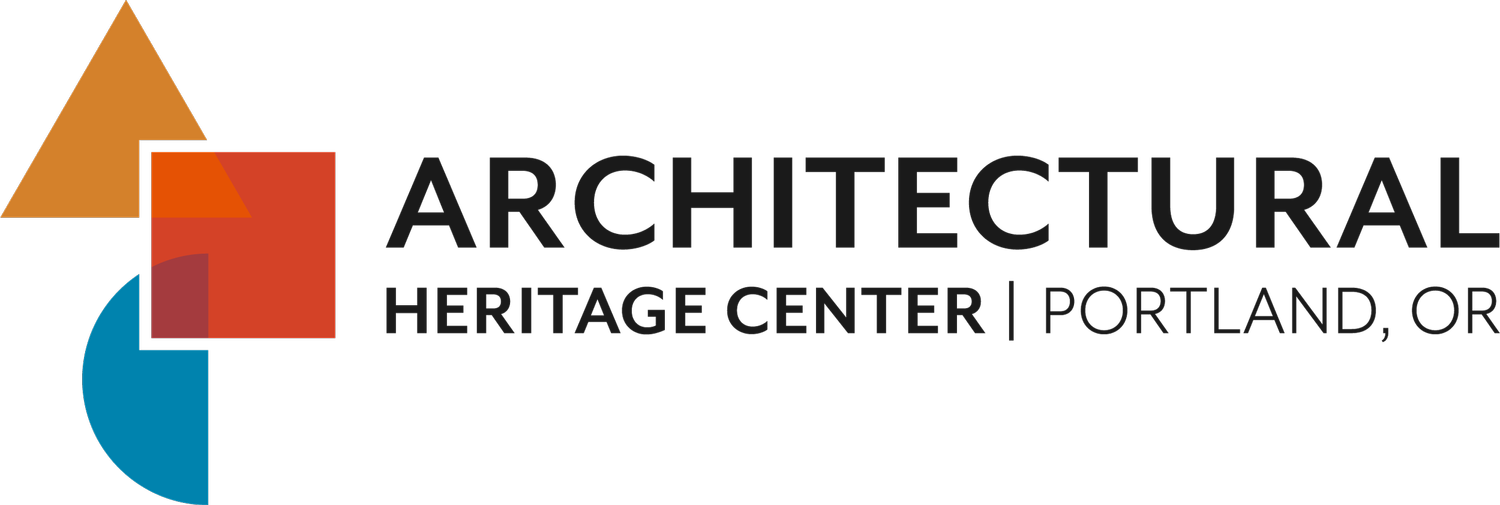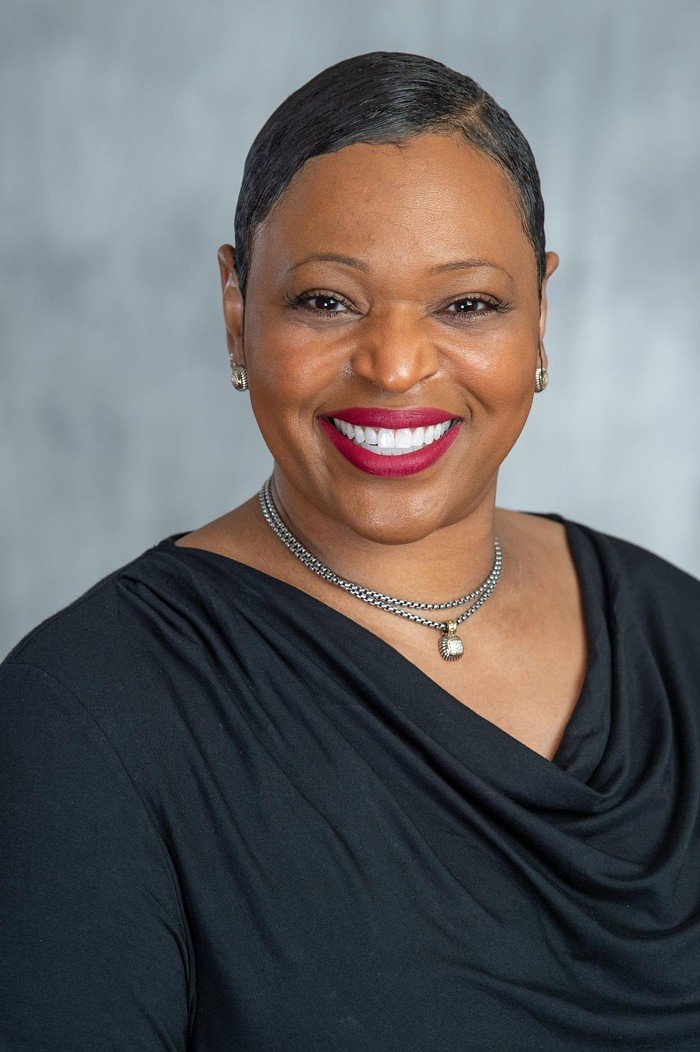2024 ARCHITECTURAL HERITAGE CENTER CANDIDATE SURVEY RESPONSES
Tiffani Penson Candidate for City Council in District 2
LIVABILITY: Stewardship of Portland’s built environment is a key quality of life issue. The preservation and reuse of existing buildings is an important component of sustainable development and helps to maintain strong, livable communities.
Q1
Agree: [No comment]
ADAPTIVE REUSE: Do you think the conversion of empty or underused commercial buildings (e.g., offices or warehouses) into new uses can advance two important objectives:
a. alleviate Portland’s affordable housing shortage;
b. help to revitalize the city’s downtown.
Q2
Agree: I think the conversion of underused commercial buildings can especially help to revitalize the city’s downtown. As for affordable housing, we will have to bring together the city, housing developers, investors and other stakeholders to identify the real possibility of converting empty or underused commercial building into housing as they are normally set up differently. For instance, commercial plumbing is usually in the middle of the building, which can make retrofitting these buildings costly and not able to pencil out financially for affordable housing.
SUSTAINABILITY & CLIMATE: Building reuse, instead of demolition and replacement, equates to taking thousands of cars off the road (EcoNorthwest Study). Promoting reuse should be an important component of achieving Portland’s sustainability goals.
Q3
Agree: Yes, building reuse could contribute to achieving Portland’s sustainability goals. However, depending on the building, retrofit and reuse may be more costly than a new building, as we’ve found with our high schools. Our sustainability goals are more important than cost, so we should consider incentives for developers to strongly encourage reuse.
FINANCIAL INCENTIVES: To make building conversion and reuse economically feasible, many believe we need better financial tools, such as a state rehabilitation tax credit – a tool used by 39 other states. Would you support making that a priority on the City’s legislative agenda?
Q4
Yes: Yes, I think we have to come up with an incentive to make building conversion and reuse pencil out for developers, ensuring they are centering sustainable building that will have a positive impact on our city for years to come.
DEVELOPMENT IMPACTS: We need more affordable housing. However, proposed zoning changes (e.g.significant increases to building height and scale) can incentivize demolition, displacement, gentrification, and erasure of cultural heritage. How concerned are you about these potential negative consequences?
Q5
Very concerned: We have to include all stakeholders (community, government, developers) in the conversation to ensure we create policy that aligns intent and impact, is unbiased in the neighborhoods identified in these changes, and does not cause further harm to communities that have been impacted over and over by gentrification (e.g., Historically Black Community). It is critical that we create inclusive and transparent policy that does not keep repeating the mistakes of the past.
PLANNING KNOWLEDGE: How familiar are you with Portland’s Comprehensive Plan, zoning codes, land use regulations, and current policies for historic properties?
Q6
Very familiar: I am familiar with the plan as I started my career at the City of Portland in the Bureau of Development Services. I am more familiar with the 2012 Portland Plan as it is the foundation that is expanded upon in the 2035 Plan.
INFILL DEVELOPMENT: In Portland’s historic areas, it’s important that new infill construction fit with surrounding context and retain the districts’ unique qualities and identity.
Q7
Agree: Absolutely agree. Infill has to fit with surrounding context.
CONSERVATION OF PORTLAND “MAIN STREETS”: Portland’s unique identity is due in large part to its many distinct and diverse neighborhoods and “streetcar-era main streets.” Many were the original main street when these areas were separate cities before being annexed into the larger City of Portland. Recent rezoning, increased height limits and no historic protections make these areas vulnerable to demolition. Would you support the creation of mini-Conservation Districts (typically 1 or more blocks) to help retain these iconic commercial main street centers?
(For Reference: Conservation Districts have greater flexibility than Historic Districts given that they still allow for growth and change but can support more context-sensitive development. New Conservation Districts would have demolition review for contributing resources, objective design standards, and the height limit of the zone).
Q8
Not sure: I would have to gather information through a meeting with stakeholders to ensure that I am clear on the advantages and disadvantages before making a decision.
TOURISM: Historic buildings and public spaces are a significant economic asset as a major attraction for tourism. What priority should this be given when planning and setting policy?
Q9
High: Historic buildings and public spaces are valuable to the history and landscape of our beautiful city.
BONUS: Tell us your favorite building, neighborhood, or place in Portland.
Q10
RESPONSE: My favorite building is Pittock Manson; I love the view of the city from it. My favorite neighborhood is Concordia because of the islands down Ainsworth, Alameda and the Grant area and because of the variety of housing styles. OMSI is my favorite place because I went there in kindergarten when it was near the zoo, and I continue to have a fondness for this amazing space of learning and experiences in its current location.





